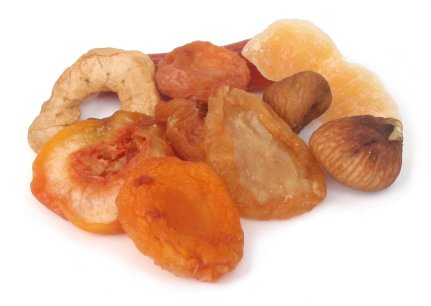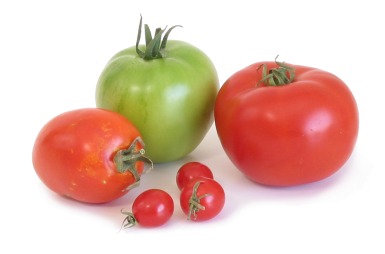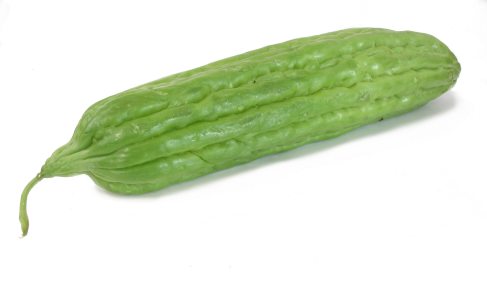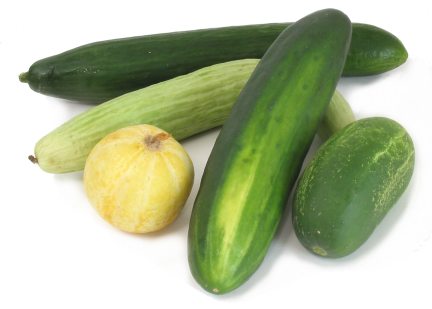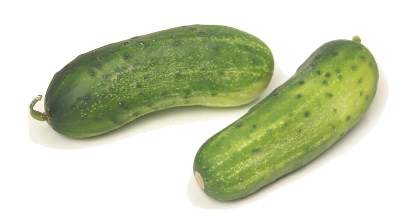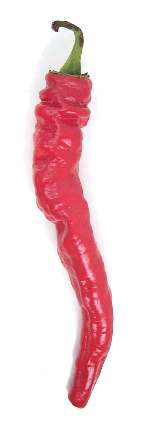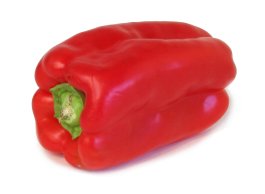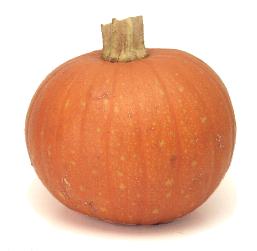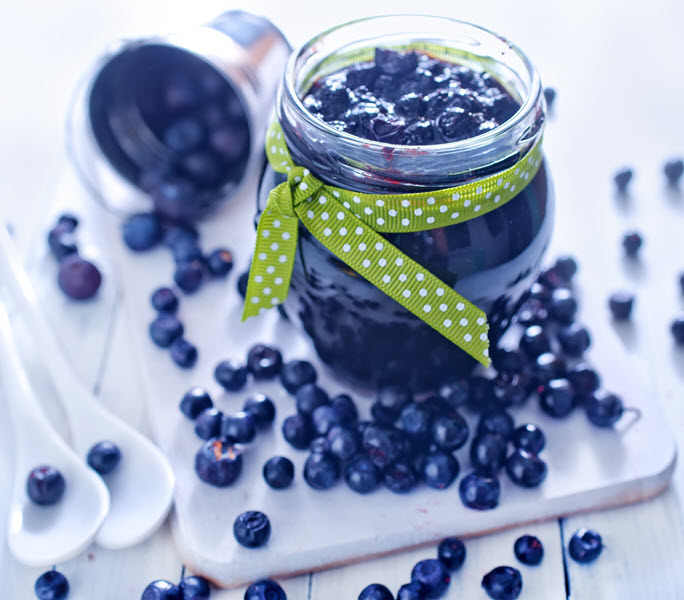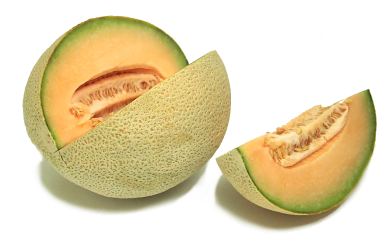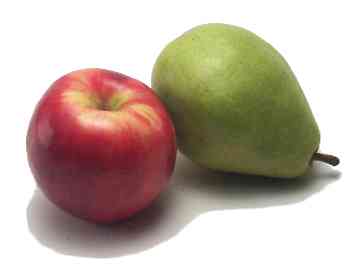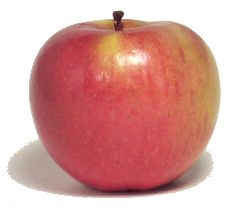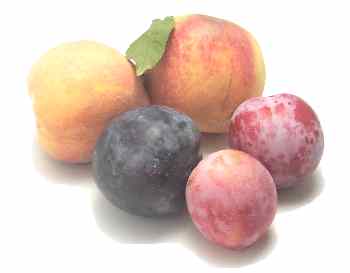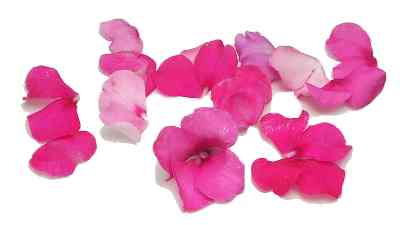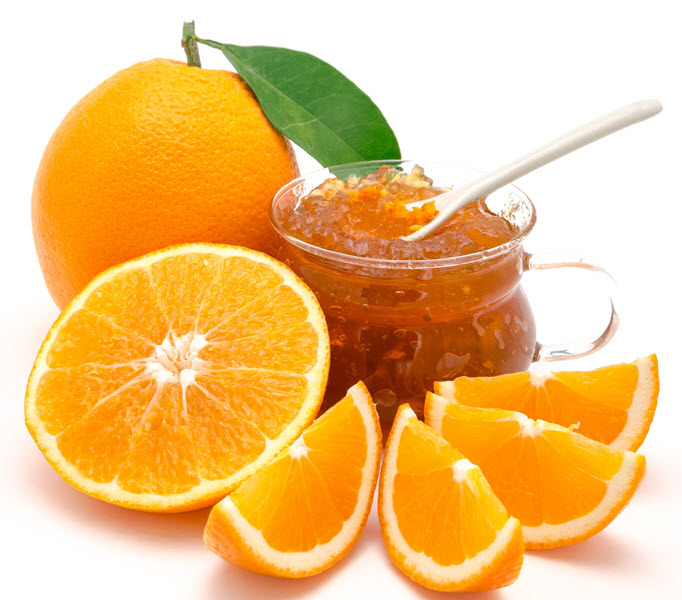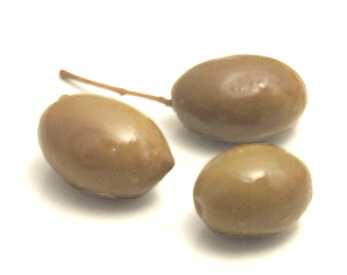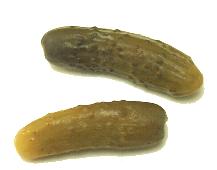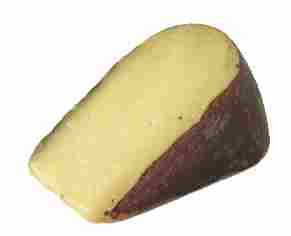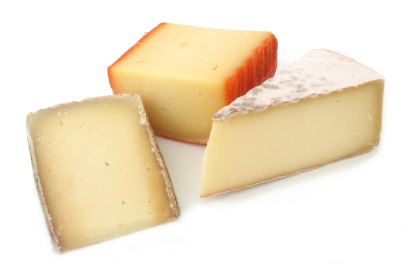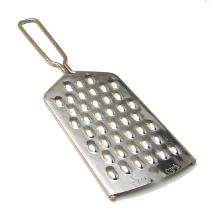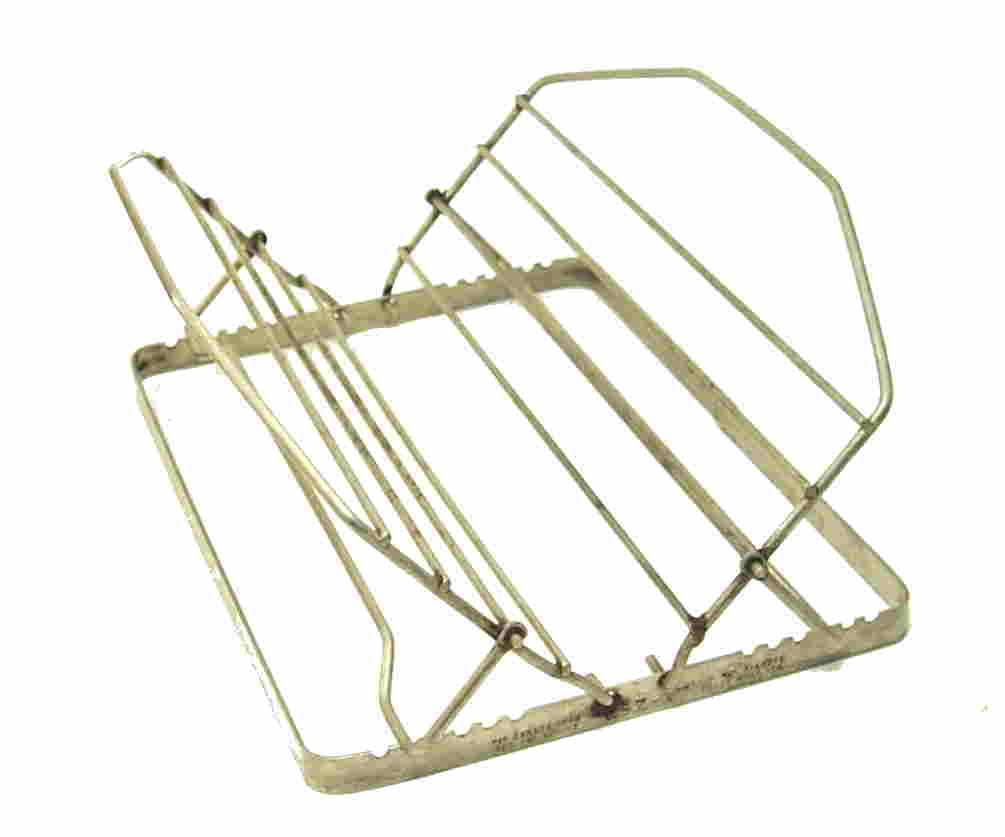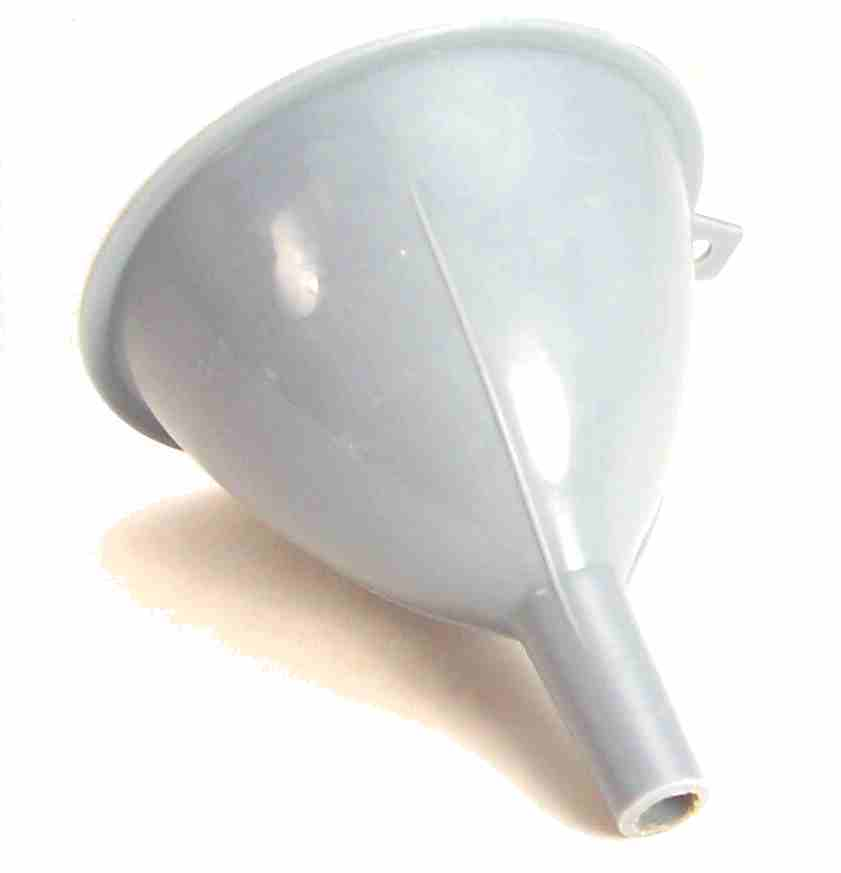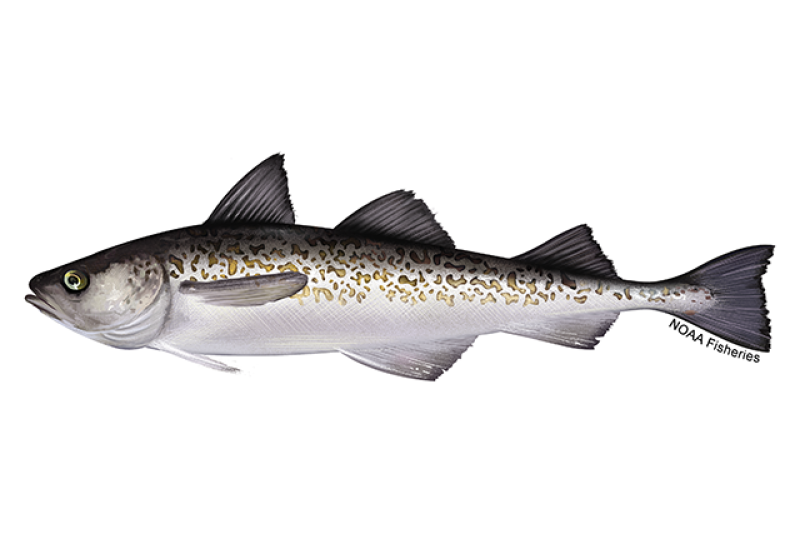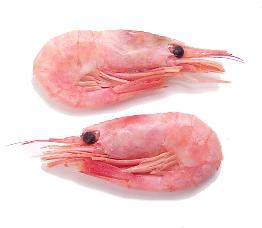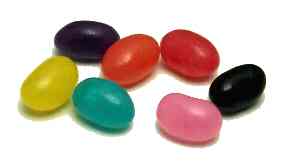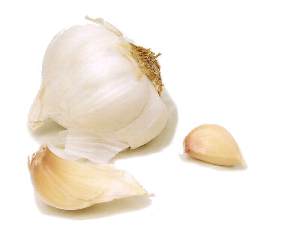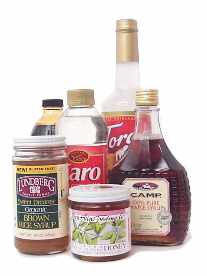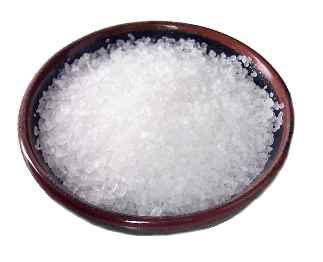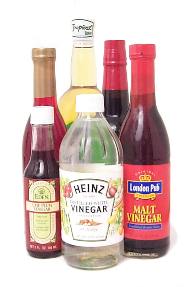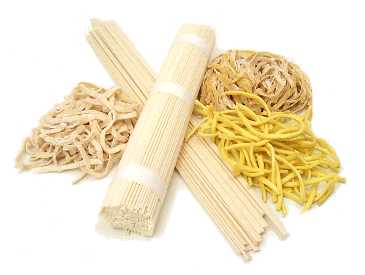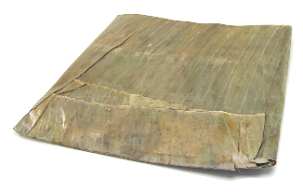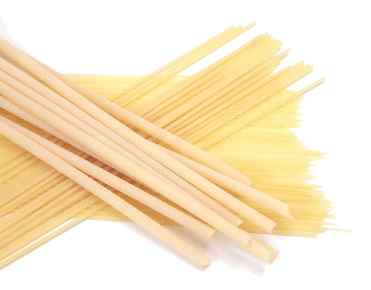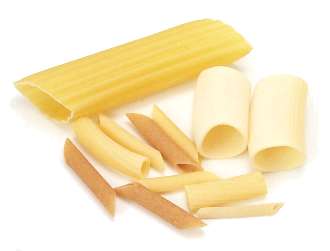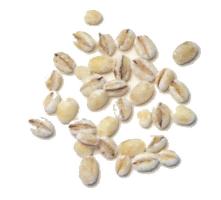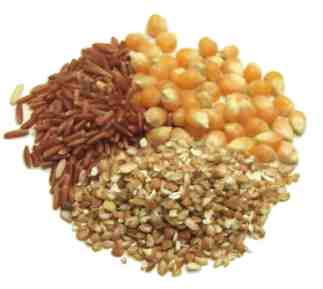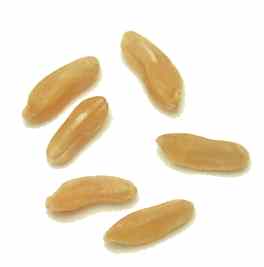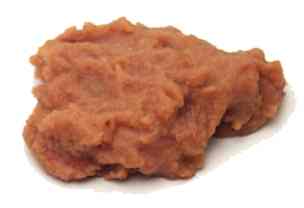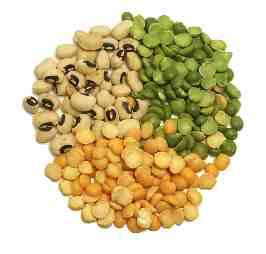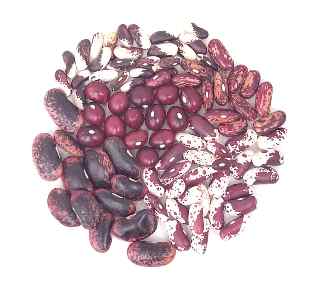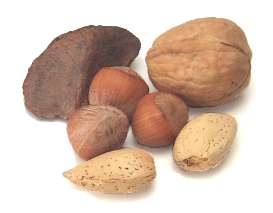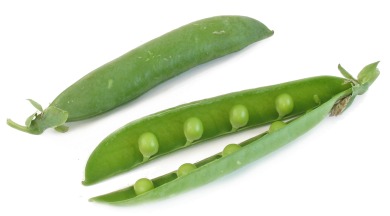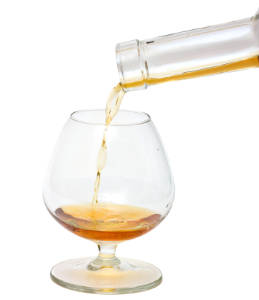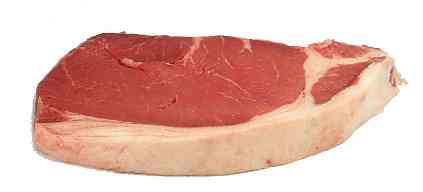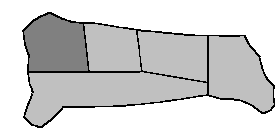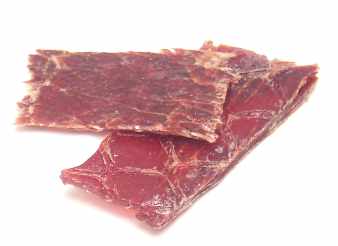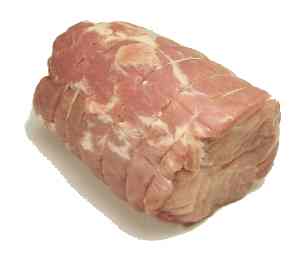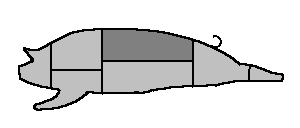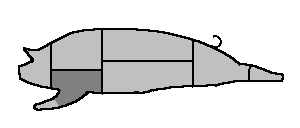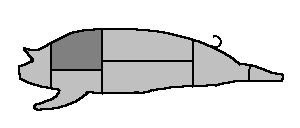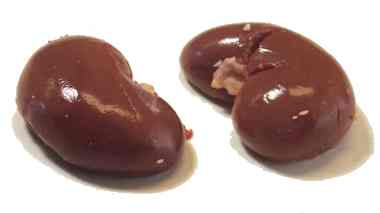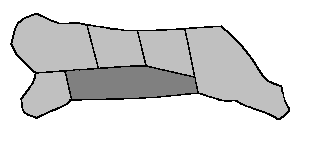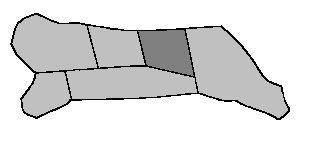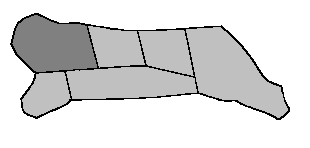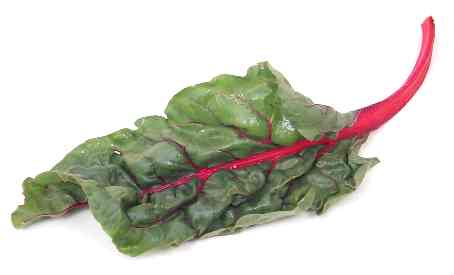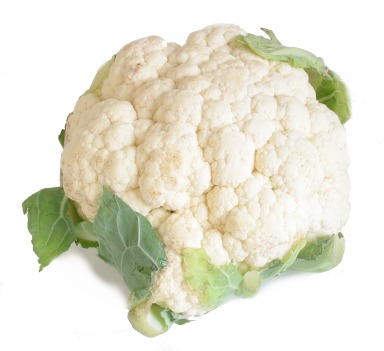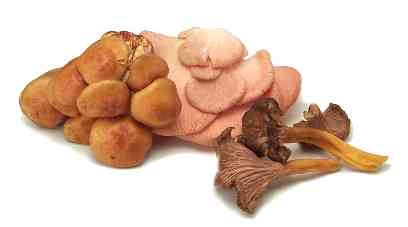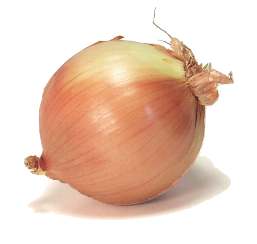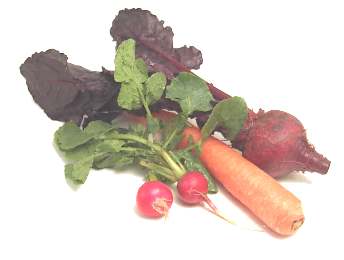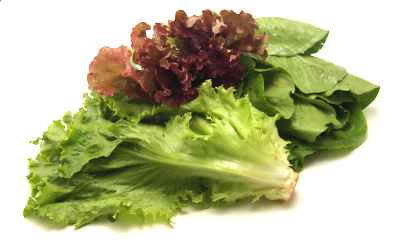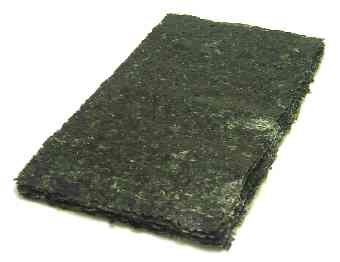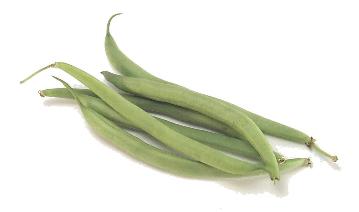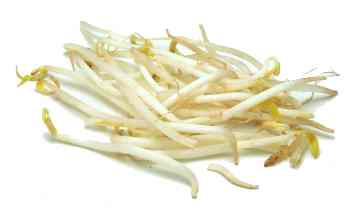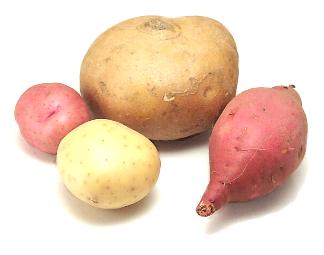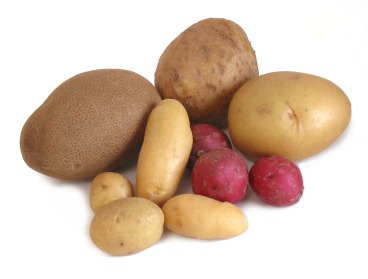Fruit Category

Includes berries, citrus fruit, melons, tropical fruit, and tomatoes
Fruits are the matured ovaries of plants, containing the seeds for the next generation of plants. Many plants cunningly make their fruits sweet, the better to attract animals like us to eat them and disperse the seeds. Fruits are often delicious enough to eat out of hand, but they can also be made into tarts, compotes, shakes, juices, preserves, liqueurs, and many other things.
bell pepper
Red and yellow peppers are riper, more flavorful, and pricier than the more common green ones. You can occasionally find bell peppers in other colors as well, like brown, white, pink, orange, and purple. Bell peppers are the perfect size for hollowing out and stuffing, or you can slice them into strips for snacking or dipping.
Learn morebergamot orange
This is a small acidic orange, used for its peel. The flesh is too bitter and sour to be eaten raw. Don't confuse it with the bergamot herb.
Learn morebilberry
This small, tart berry is the European counterpart to the American blueberry. Bilberries are usually made into preserves.
Learn morebishop's crown
These mild sweet peppers are from South America. They mature from green to red. The name bishop's crown is related to the distinctive crown like shape.
Learn morebitter melon
This bitter vegetable is believed to have medicinal properties and is widely used throughout Asia.
Learn moreblack currant
These are too tart to eat out of hand, but they're often used to make syrups, preserves, and the liqueur cassis. Frozen are a good substitute for fresh.
Learn moreblack olives
These are olives that have been allowed to ripen on the tree. American recipes that call for black olives are probably referring to the Mission olive. Other varieties of black olives are the Aleppo, Alphonso, Amphissa, black Cerignola, Gaeta, black Greek, Kalamata, Ligurian, Lugano, Moroccan dry-cured, Niçoise, Nyons, Ponentine, and Royal.
Learn moreblack sapote
This fruit has an olive-green rind and tastes like a papaya that's been sprinkled with cocoa.
Learn moreblackberry
These would be excellent berries were it not for their rather large seeds. They're still great for eating out of hand, but cooks often strain out the seeds when making pies and preserves. Select berries that are free of mold, and as black as possible. They arrive in markets in the summer.
Learn moreblood orange
These red-fleshed oranges are more popular in Europe than in the United States. Look for them in the winter and spring.
Learn moreblueberry
Blueberries are small and sturdy, so they're perfect for tossing into cakes, muffins, cereal bowls, and fruit salads. Like other berries, they also make good preserves and tarts. Select firm, dark berries that have a whitish bloom on them. Keep them refrigerated and wash them just before you eat them. You can find fresh blueberries in the summer, but frozen blueberries are available year-round and work well in many recipes. Frozen berries get a little mushy after they're defrosted, but they'll work well in many recipes. Canned blueberries also work in pies and baked goods, but drain off the liquid and rinse them first.
Learn moreBosc pear
This firm and crunchy pear is the best choice for cooking, because it holds its shape nicely. Bosc pears can also be eaten out of hand.
Learn moreboysenberry
A boysenberry is a cross between a blackberry, a raspberry, and a loganberry. It's more fragile than a blackberry, but it doesn't have the blackberry's conspicuous seeds. Select boysenberries that are dark in color and free of mold.
Learn morebreadfruit
This is the plant that the H.M.S. Bounty was carrying in the South Pacific when its crew mutinied. Captain Bligh's goal had been to transport the seedlings from Tahiti to the Caribbean, so that slaves there would have a ready source of starch and calories. Breadfruit is highly perishable, so fresh ones are hard to find outside the tropics. The canned version is a good substitute. A seeded version is called a breadnut.
Learn morebull's horn pepper
This Italian heirloom pepper is shaped like a bull's horn, and many cooks think it's a lot more flavorful than an ordinary bell pepper.
Learn morebullace
Bullaces are a variety of plum that has fallen out of use. They are white, green or yellow. Bullaces are small and tart. They were traditionally used for stewing, fermenting or in preserves. They were important as an early fruit.
Learn morebuttercup squash
With sweet and creamy orange flesh, the buttercup is one of the more highly regarded winter squashes. The biggest shortcoming is that it tends to be a bit dry. Choose specimens that are heavy for their size.
Learn morebutternut squash
This variety is very popular because it's so easy to use. It's small enough to serve a normal family without leftovers, and the rind is thin enough to peel off with a vegetable peeler. As an added bonus, the flavor is sweet, moist, and pleasantly nutty.
Learn morecachucha pepper
These small sweet peppers come in different colors and looks like squished bell peppers. They're popular in the Caribbean, where they're often stuffed and roasted.
Learn morecalabaza
These are popular in Hispanic countries and throughout the Caribbean. They're large, so markets often cut them up before selling them.
Learn moreCalifornia sugar pear
This small pear is the same size as a Seckel pear, but it's not as juicy and sweet.
Learn moreCameo apple
This firm, mildly tart apple is quite versatile. Use Cameos in pies, applesauce, salads, or just eat them out of hand.
Learn moreCanary melon
These tend to vary in quality, so unless you're good at selecting melons, stick with more idiot-proof varieties like the honeydew or cantaloupe. Canaries should, at a minimum, have bright yellow rinds. They're in season in the fall.
Learn morecandied chestnuts
A French specialty, these are whole chestnuts that are candied in a sugar syrup. They're used to make various desserts.
Learn morecandied ginger
Candied ginger is ginger that is stored in a sugary syrup, but the name is also sometimes used for crystallized ginger, which is ginger that's been cooked in syrup, then dried out and rolled in sugar. The two are often used interchangeably.
Learn morecanistel
The canistel fruit is orange/yellow, oval and 2 to 3 inches long. It is sweet with the texture of a hard boiled egg.
Learn morecantaloupe
These are popular because they're easy to select and very sweet. Ripe cantaloupes have dull yellow backgrounds with raised netting. Avoid those with protruding stems, or tears in the rind at the stem end--it's a tell-tale sign that the melon was picked too soon. When ripe melons are picked, the stem falls off easily, leaving a small, clean depression. After checking the stem end, flip the melon over and check the blossom end. It should be fragrant and yield a bit when pressed. Cantaloupes are cheapest in the summer.
Learn moreCape gooseberry
Like its relative the tomatillo, the Cape gooseberry is covered with a papery husk. The fruit inside looks a bit like a yellow cherry, and tastes like a sweet tomato. You can eat Cape gooseberries whole, minus the husk, or use them to make very tasty preserves. They're hard to find in the United States; your best bet is a specialty produce market in the spring.
Learn morecarissa
You won't find these in markets, but these tart plums are great for making preserves.
Learn morecarosello
There are many varieties of carosellos. They are often referred to as cucumber melons. They are a sweet version of a cucumber. Some varieties are; carosello tondo massafra, fakous, pupuneddhra bianca, carosello leccese and painted serpent.
Learn more




